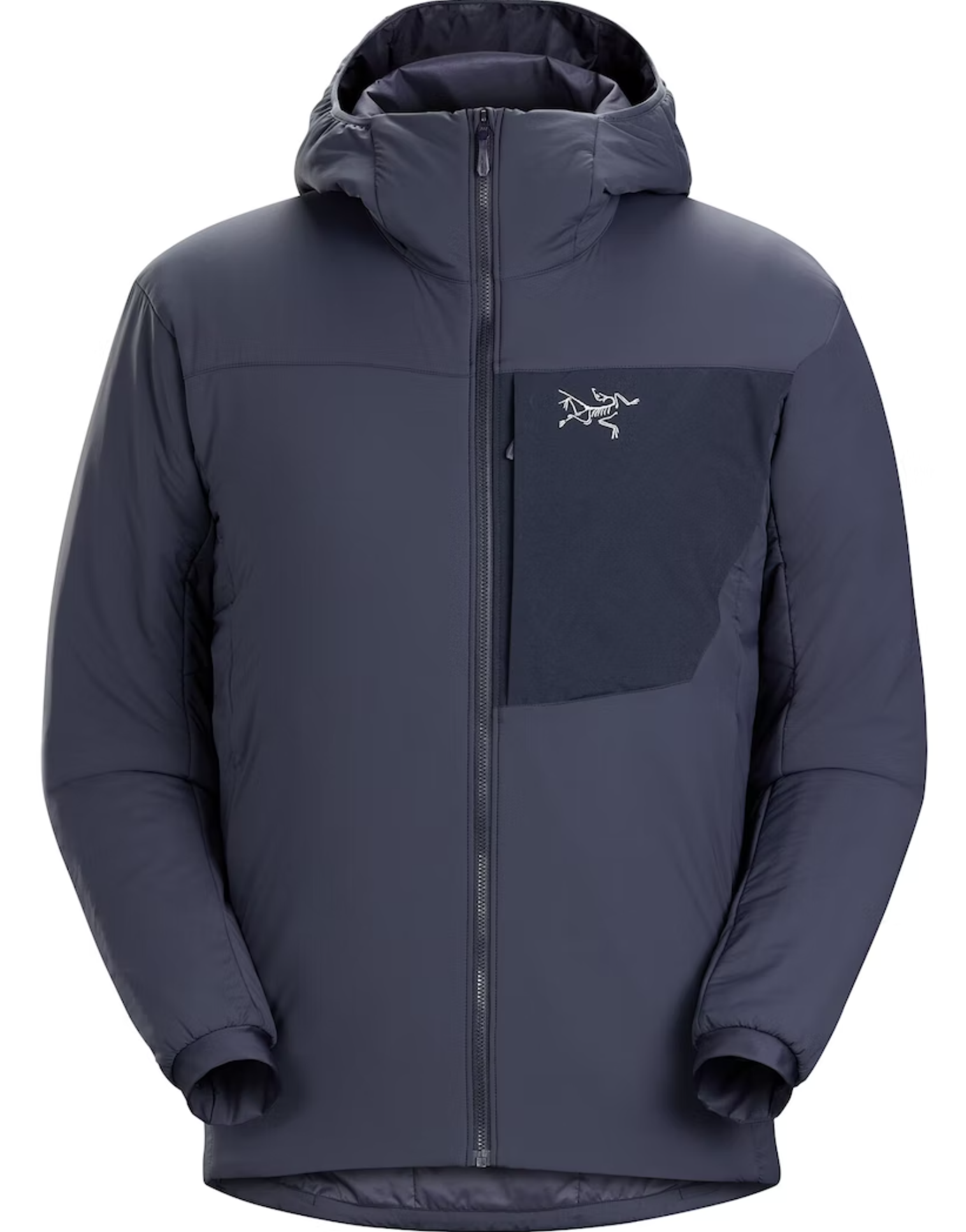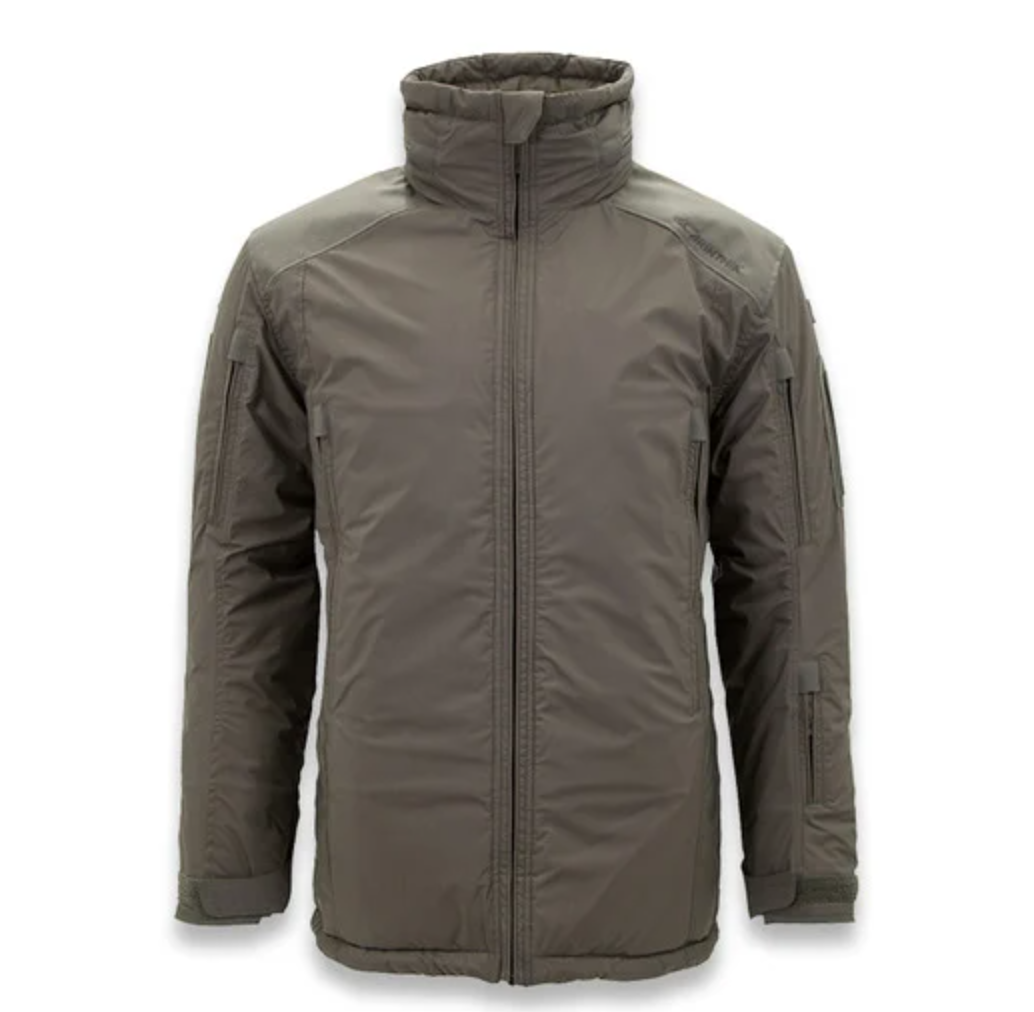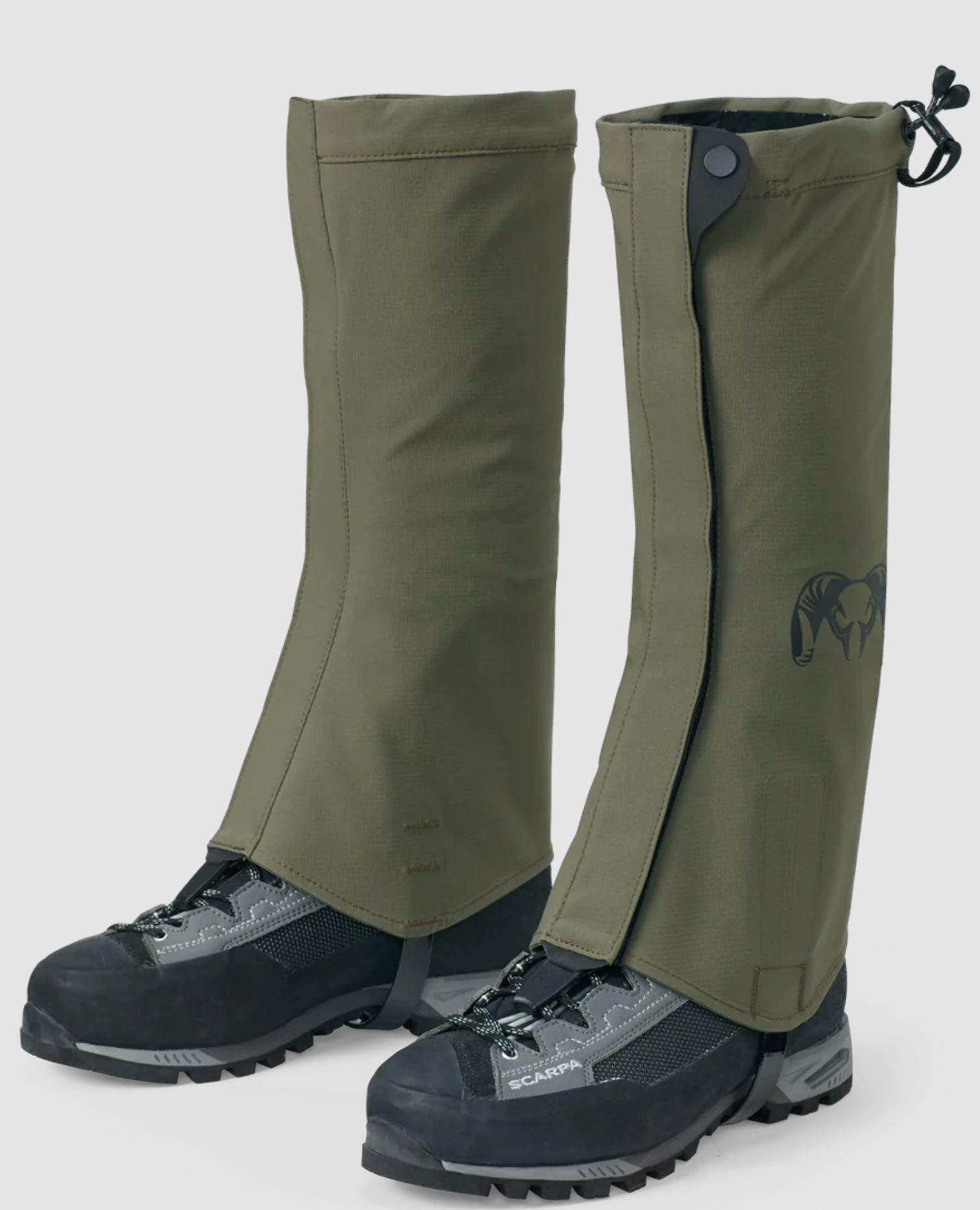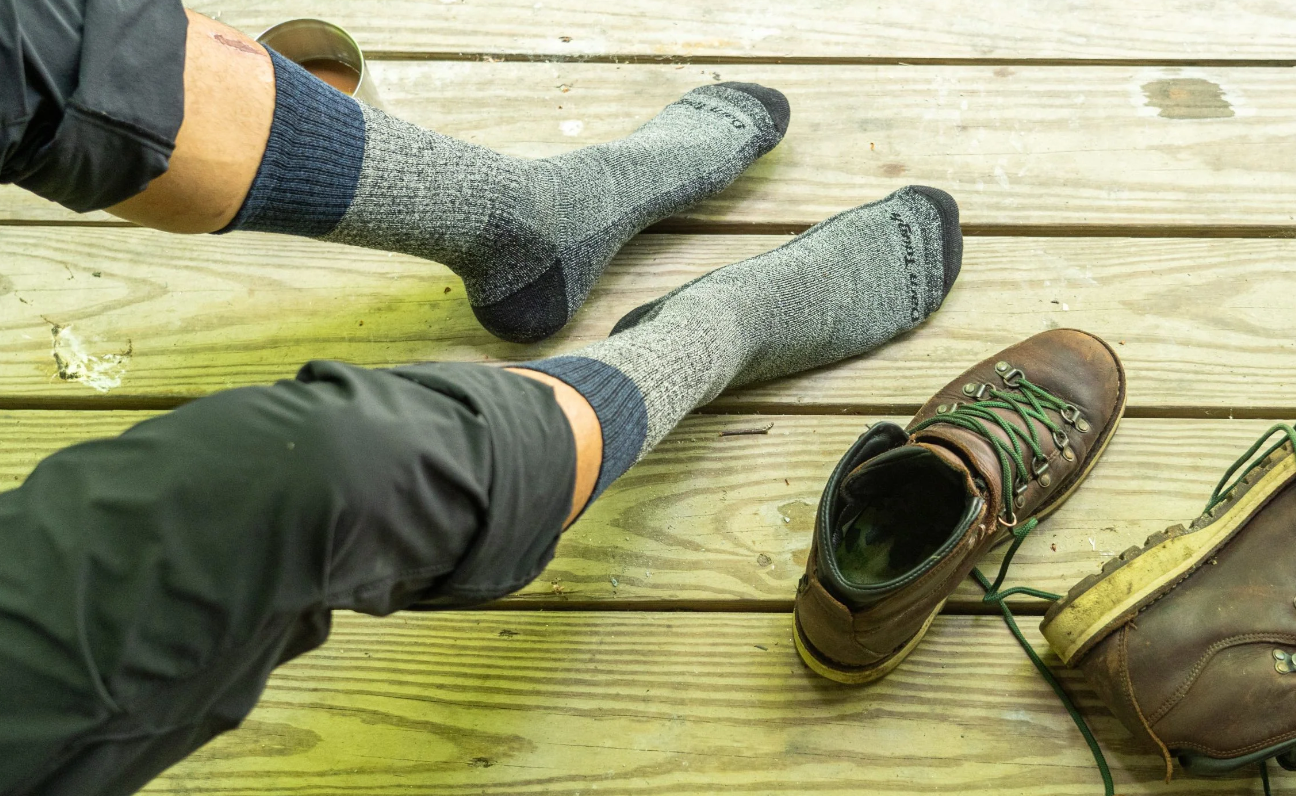Best Winter Shooting Gear 2023
Have you ever layered three pairs of pants in a desperate attempt to stay warm? If you're anything like an equator zone native who spent one of their first winter in Minnesota, you'll learn that it's a futile endeavor to layer clothing not meant for the cold. Firearms are a fundamental part of self-sufficiency against hostile individuals and dangerous animals, but being prepared for the winter season is just as critical for personal safety — especially when shooting in remote regions. It may be mid-March right now but even California is getting crazy snow storms so make sure what you're wearing will keep you warm!
How To Layer Winter Garments
A rain resistant layer may be good for keeping the snow and moisture off of your back, but it may not perform as well as an insulated layer. For a comfortable range day or hunting trip, it’s advisable to have:
- A base layer that wicks moisture and somewhat retains heat
- An insulating layer to keep the cold out and trap heat
- A water resistant layer to protect you from the rain and snow
While spending an hour or two shooting outdoors during the warmer parts of the day allows leniency on the quality of your winter gear, being prepared for several days of trekking to bring back decent game is a different challenge. Testing your setup in a controlled environment for a night, such as a backyard, is a good way of understanding if there needs to be any changes made.
Mobility vs Warmth
High end quality equipment is able to offer warmth at a reasonable weight and bulk. The fluffy UNIQLO coat may be great at keeping you warm for the price, but crawl around with a plate
carrier over it and you’ll understand that it won’t have the durability, water-resistance, nor slimness to last you very long.
Base Layer
A base layer is the fabric that is in direct contact with your skin. It retains a minimum amount of heat and gives your sweat somewhere to escape to. You’ll want this to be comfortable and soft enough that you’ll have no problem sleeping in it at room temperature.
- Comfortably soft
- Resistant to odor
- Wicks sweat
- Dries quickly
Polyester
Polyester tends to be a common base layer material, but this is attributed to cost-efficiency. A polyester base layer breathes poorly and leaves you with an uncomfortable sticky sensation after a while.
Cotton
Cotton shirts breathes well, wicks plenty of moisture, and dries rapidly. However it’s disadvantage in cold climates is its poor heat retention.
Merino Wool
All-natural like cotton, merino wool is cut from merino sheeps to produce a base layer that is gentle on the skin and keeps you warm while absorbing 30% of its weight.
Midlayer Insulated Jacket
The layer between the base layer and the outer layer is meant to create a warm insulated pocket. The goal of winter clothes is not to create heat, rather to trap your body heat in cold conditions. Air pockets are fantastic for doing just that. This layer must be able to act as a barrier between your body heat and the windchill while still allowing moisture and excess heat to escape.
- Breathes just enough for moisture to escape
- Insulated pocket
- Can include multiple layers to be adjusted for how much heat is trapped
Arc’teryx LT Atom

Photo Source: Arcteryx
The Arc’teryx LT Atom is one of the brand’s staple jackets. Compact and lightweight with a soft, forgiving frame on most body shapes. For sedentary and low activities, the LT Atom can work as a midlayer. While it is a versatile jacket for light activities, it does not breathe and dry well for strenuous work.
Arc’teryx LT Proton

Photo Source: Arcteryx
For activities such as hiking and moving with light loads, the LT Proton wicks moisture and vents heat while keeping you nice and toasty. The inner liner however does take a considerable time to dry (a few hours within average conditions) and becomes pretty saturated once you start high output activities such as running during USPSA practices. While it’ll still keep you warm, being soaked down the back is a demoralizing factor. The LT Proton is best suited for moderately paced activities.
Arc’teryx Delta LT

Photo Source: Arcteryx
Gridded fleece reigns supreme in quick drying fabrics. The waffle patterned Delta LT fits neatly compact as a midlayer and dries rapidly in high strenuous conditions. These upper high strenuous activities can look like rucking with self-sustainment packs and carrying medium game. The more you’re pushing your body, the more sweat will accumulate. It is critical that you’re able to get dry quickly in the field, especially in the cold.
Outer Shell
The outer field shell is the first layer of protection against the elements. It is the layer that is directly exposed to rain, dirt, and snags. These include windbreakers, hardshells, and thick insulated trousers and jackets for extreme weather. If you’re facing only mild chill with heavy precipitation, it may even be ideal to replace the midlayer with a lighter shirt and put over an outer that provides moderate insulation and behaves as a raincoat.
- Durable
- Water resistant
- Wind resistant
Carinthia G-LOFT® ISG PRO Jacket
Photo Source: Carinthia
Starting from mild protection with excellent freedom of movement, the G-LOFT ISG PRO Jacket is a versatile protective outer shell suitable for around the 10 degree range. If you take it to a running faucet, you’ll find that the water rolls off the hydrophobic outer fabric. The lightweight construction shrugs off high winds and field abrasions while weighing in at 980 grams.
It has seen popular use amongst professional shooters and comes with side zippers to vent excess heat or to improve belt accessory accessibility. The shoulder areas are reinforced with cordura and textured to help out the user with load bearing straps, such as from a pack or a plate carrier. Other areas that typically see high wear have been strengthened, such as above the zippers. The hood has ample room to accommodate a helmet and can be stowed away into the collar when not in use.
A version of the ISG without the insulated front torso, the Softshell Jacket Special Forces, is available for those who want the extra mobility with a plate carrier. It is currently in use with KSK Special Forces. However, I have personally rocked the standard ISG PRO in the cold parts of both Iowa and Taiwan while facing physical exertions and did just fine.
Carinthia HIG 4.0 Jacket

Photo Source: Carinthia
Overheating becomes less of a concern substantially when the mission set switches to holding your position for long durations, in other words: staying in the same spot for a very long time. You generate less heat and want to retain as much of it as possible when staying static. At -20 celsius, the HIG 4.0 is an excellent outer shell for sitting out in the field or when you get back to camp. Like the ISG PRO, the HIG 4.0’s hood can be tucked within the collar. When not in use during strenuous activities, the HIG 4.0 can be stored in a compressible bag (Also serves as an alright pillow).
Gaiters

Photo Source: KUIU
Insulated winter boots work great in extreme cold seasons, but if you expect to encounter heavy precipitation then you’ll find that the boots’ gore tex liner becomes difficult to dry once it gets wet from the inside. Without reliable gaiters, the moisture from snow and wet mud will be absorbed by your socks. For crossing through thick thickets, the gaiters come with the added benefit of keeping most of the thorns and other undesirables from getting inside your boots.
Footwear for Muddy Cold
Insulation can be had at the cost of water resistance. Insulated boots are fantastic for extreme cold, but it becomes a disadvantage when facing muddy low temperatures. In winter environments such as those found in Ukraine, the rich Urals soil becomes a wet mess, the moment temperatures rise above 0° C, that will contaminate the integrity of liners within insulated boots. Sweat also becomes much more noticeable in mud and you can forget trying to dry the liner in the field.
For the cold wet season, it’s best to have a pair of boots with full grain leather such as Lundhags coated with sufficient leather grease.
Layer up with merino socks as needed for insulation, and swap them out when they get wet.
Darn Tough Socks
Photo Source: Darn Tough
Wool socks are the only socks in cold weather. For socks made to last a lifetime, Darn Tough Socks deliver. These aren’t your run of the mill Costco twenty pack socks. Woven with merino wool and cushions, Darn Tough socks keep your feet warm, dry and comfortable as possible in boots even in the most extreme conditions. Available are three levels of cushioning for their hunting branded Men's Hunter Boot Heavyweight Hunting Sock and T4021 Boot Midweight Tactical Sock with Cushion in the colors of green, black, and coyote brown.
For more vibrant designs you can check out their selection of Darn Tough hiking socks. Darn Tough socks sizing are women-specific and children-specific lines of socks as well under Women’s Socks and Kid’s Socks.
Get Your Winter Training On
Obviously, you don't have to buy these exact brands. If you can find other clothing companies that produce similar materials and similar cold weather rated gear for a lower price, then even better! Prepare for any season and get your range time in. Want to put a new AR or GST9 build to the test? Pick up any additional parts you’ll need from our store today.



 Back to List
Back to List